Saturday, 30 March 2024
A Wall of Thanks
Friday, 29 March 2024
Surprise Stone Axe
This is a copy of a painting by Jehan Fouquet, court painter to Charles VII in the 15th century. It hangs in the Logis Royal in Loches. It depicts Etienne Chevalier, Charles's right hand man, and his name saint, Saint Stephen, the first Christian martyr. It is the left half of a diptych. The right half is the much better known Virgin and Child Surrounded by Angels, for which Charles's mistress, Agnes Sorel, sat as the model. The work, in oil on wood panel, is known as the Melun Diptych and was commissioned by Etienne Chevalier for the church in his home town of Melun.
We know the saint is Saint Stephen because he holds a rock, as a symbol of his matyrdom, which was being stoned to death. But wait! That's an interesting looking rock! It looks like a piece of worked flint, a hand axe!!
Jehan Fouquet came from the Touraine, which is full of flint and prehistoric tools. Did he own this particular rock, and understand it to be a prehistoric tool?
The rock appears to be worked on both sides and flaked so as to have a pointed tip. Scientists studying the painting today think it might be as old as half a million years, and of a type known as Acheulean handaxes.
The earliest mention in written documents of handaxes dates from the mid-16th century, but people at that time thought they were natural and referred to them as 'thunderstones', believing they fell from the sky. It wasn't until the 17th and 18th centuries that their true origins were guessed at.
To back up their idea that the stone in the painting is an Acheulean handaxe the scientists analysed the overall shape and found it had a 95% match to handaxes made in France. They also analysed the colour and compared it to 20 Acheulean handaxes found in France. Their conclusion that the careful application of yellows, browns and reds typical of these French axes shows that Fouquet went to great trouble to accurately depict the object. This included painting 33 flake scar marks (the scientists found that 30 was the average on the actual axes). Infra red analysis also showed he had reworked the axe and had done an underdrawing. It is difficult not to come to the conclusion that Fouquet had access to or had seen this handaxe.
The scientists think the handaxe intrigued Fouquet and he deliberately carefully portrayed it. What he cannot have known was that these axes were used in Europe by pre-Homo sapiens species.
Fouquet is considered one of the most important artists of his time because of his early adoption and skill with oil paints. The original of the painting is now in the Staatliche Museen in Berlin (the Virgin and Child is in the Royal Museum of Fine Arts in Antwerp).
Thursday, 28 March 2024
It's (nearly) April So It Must Be Canola
A typical spring scene in the Pays Saumurois, the countryside around the town of Saumur. Lots of grapes, some wheat, some ploughed earth, some canola, a narrow winding bitumen road and on the highest ground, mixed deciduous broadleaf forest.
The canola (Fr. colza) is in flower again. It's widely grown as a crop here to produce oil, biodiesel and a high protein stock feed (which is actually a by-product after the oil is extracted). Only palm and soybean are more important globally as oil producing crops. The EU is the biggest producer, followed by Canada and the US. It is favoured as a source of biodiesel because canola produces more oil per hectare than other oil seed crops and freezes at a lower temperature than other oils.
Bees love it and many of the apiarists here will sell a pale creamed or set honey labelled colza. The honey crystalises easily, which is a nuisance for the beekeeper and the crop can cause a boom and bust situation in the hive. It flowers relatively early, but doesn't last very long, so if the bees don't have anything to move on to it can be a disaster for them. On the arable farms where canola is grown crop margins where wild flowers might grow are getting smaller and smaller. These days the bees are in real danger of starving after the canola finishes flowering.
Roe Deer in agricultural rape grown as an autumn cover crop. This cousin of canola is a good nitrogen fixer, suppresses weeds and prevents erosion. Roe Deer find the flowers irresistable.
Canola is prone to fungal diseases and invertebrate attack as a crop and is typically sprayed with fungicide about 8 times between late August when it is planted and early June when it is harvested. It will be liberally sprinkled with slug pellets when young, and sprayed with insecticide to treat flea beetle when mature.
A canola crop in flower near the Chateau of Montpoupon.
A few producers process their crop on the farm. The oil produced is virgin, that is to say, it is the product of the first pressing, unmixed with later pressings. According to this producer, before the pressing the seeds are meticulously sorted to make sure any insect contamination is removed. The oil is extracted, using a technique that does not raise the temperature of it beyond 50°C. Contrary to normal practice the oil is not then filtered. Instead it is left to settle and slowly decanted. The finished product is clear and delicate, and has retained all its nutritional components and aromas. Use it for flavouring and cooking but it is not suitable for frying.
Wednesday, 27 March 2024
Looking Forward to Spring Flowers in the Touraine Loire Valley
Spring flowering in the Loire Valley chateaux gardens will peak in April. This what we got to enjoy last year. Make sure you are here for it this year!
 |
| Potager garden, Chateau de Villandry. |
 |
| Potager garden, Chateau de Villandry. |
 |
| Quince blossom. |
 |
| Magnolia blossom. |
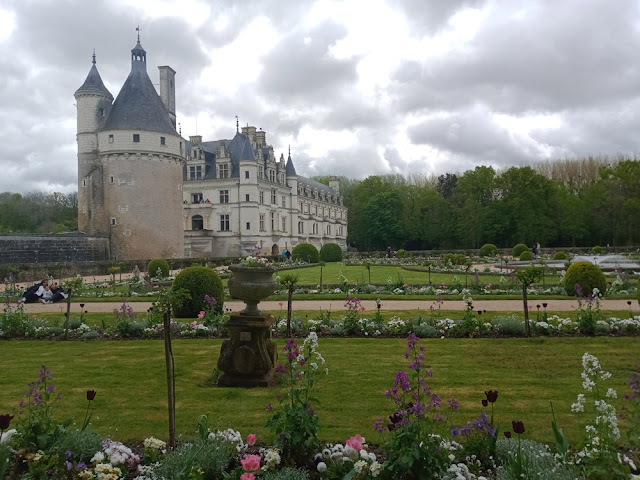 |
| Catherine de Medici's garden, Chateau de Chenonceau. |
 |
| Wisteria, and the Chateau Royal d'Amboise in the fog. |
 |
| Later, the fog had cleared. |
 |
| Honesty, Chateau de Chenonceau. |
 |
| Judas trees, Loches. |
 |
| Tulips, Chateau de Cheverny. |
 |
| Lilac. |
Tuesday, 26 March 2024
Look Out for Glow-worm Larvae in the Touraine Loire Valley
This is the time of year you may start seeing glow-worm larvae trundling about in your garden or orchard during the day. They are females looking for a suitable place to pupate and emerge as a nocturnal glowing adult. Keep an eye out for them, and later in the year, look out for adults flashing after dark. If you have any, please send a record using this website: link.
 |
| Glow-worm larvae. Don't confuse it with ladybird larvae, which look a bit similar. Glow-worm larvae are slate grey with peachy pink markings on the rear corners of each segment. |
The Observatoire des vers luisants is a citizen science project to educate the public about glow-worms and to gather scientific data. The aim is to find out why the population of glow-worms has declined so much in the past few decades.
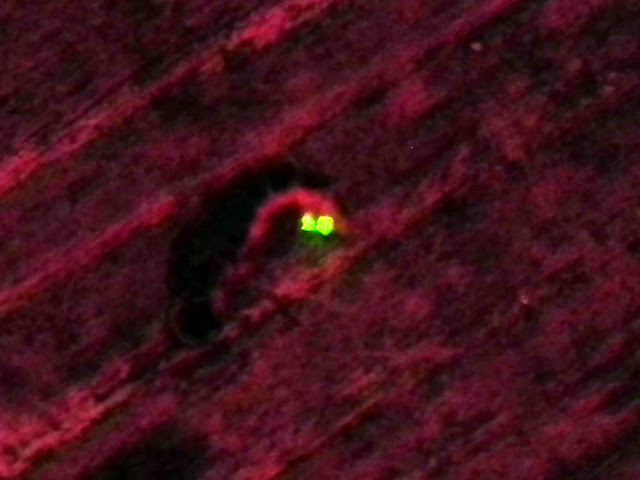 |
| Adult female glow-worm using her bioluminescence. |
The study is revealing that the north of France has very low numbers of glow-worms. Gardens in rural settings that border on to prairie or forest are the most likely to have glow-worms present. The use of weed killers, fungicides and slug pellets appear to reduce the abundance of glow-worms. However, solar powered lights in the garden don't seem to bother them.
Monday, 25 March 2024
Bed Matters
On Wednesday we were in NOZ, who had V33 paint for 9€ a litre (normally about 30€ a litre). We bought a load of paint for not much money, then I got to work. I think I might have been suffering sleep deprivation and been a bit manic, because the end result is more colorful than we'd planned. But I did discover acrylic paint pens from Action (4€ for 12), so that's a win.
Saturday, 23 March 2024
No Real Blog Post Today
Friday, 22 March 2024
Look Out for Oil Beetles in the Touraine Loire Valley
Any minute now bizarre lumbering irridescent black beetles will be appearing in woods and grasslands in the Touraine Loire Valley. These are the ranunculus munching oil beetles. They like buttercups and wood anemones, which they eat so they can accumulate their toxins. It makes the beetles themselves toxic, and their larvae, which you might spot sitting on flowers, trying to hitch a lift on a bee. Once their ride has arrived they get transported into the bee's nest, and will feed on the pollen gathered by the bees for their own larvae.
Violet Oil Beetle. This one was photographed a few years ago at the Moulin de Malicorne in the Courtineau Valley.
Nine times out of ten they will be Violet Oil Beetle Meloe violaceus (Fr. Méloé violet). I know, I counted my records. But occasionally I will see a Black Oil Beetle Meloe proscarabeus (Fr. Méloé printanier).
Black Oil Beetle. They are so similar to M. violaceus I usually have to ask for expert help to confirm the species.
UPDATE: A commentor asked if we should kill oil beetles if we see them, to help the bees. My response was NO!! The presence of parasites is a good sign for the host. It means the population is sufficient to support parasites -- who are not out to kill the entire population, because that would be depriving them of their own food. Monitoring parasites can be a good way of extrapolating information about hosts. If both are in decline then that's a problem -- and that is the case with this pairing. In addition, you don't want to kill a native species going about its business. The higher the biodiversity ie the higher the number of species, the more stable the ecology is. Everything is linked, and specialist species like the oil beetles are the keys to a well functioning natural system.
Thursday, 21 March 2024
A Reminder
Wednesday, 20 March 2024
Catching Up
Yesterday, (when I was talking about the colour of the blue wall) I mentioned that I had neglected to take a picture of the fireplace in the bedroom.
Tuesday, 19 March 2024
Kind of Blue
The two big wins in the bedroom are the floor and the fireplace. The floor was sanded and given numerous coats of a soft wax look varnish.
The fireplace... I decided to use it to create a feature, and that's exactly what I did. I lined the firebox with plasterboard to seal it, the surround was painted grey and the interior a very matt black. I would post a photo, but I've neglected to take one. Maybe tomorrow. I will create a "hearth" from chipboard, and tile it with tomettes - but that's a project for another day.
Monday, 18 March 2024
Seeing Red
It's a colour I like to think of as "old velvet curtain red". It works really nicely with artificial light, as well.
Saturday, 16 March 2024
Tiling
I was a lot quicker than on Monday but it came at a price. By lunchtime I had almost finished the the tiles, and the tiles had almost finished me. My arm was in absolute agony, caused due to spending two days holding a heavy grinder, and one day doing masonry. My wrist wouldn't rotate, and my forearm was constant pain.(Anyone who has had shin splints will know the feeling. Yes, forearm splints is a thing).
Friday, 15 March 2024
Men at Work
Thursday, 14 March 2024
Pierres Apparentes
Dennis left just after midday, and I finished applying the mixture - referred to as enduit in French - at 15:30. The enduit is a mix of one part lime to 3½ parts sand. We used 115 kg of sand and 35 kg of chaux blanc (hydraulique lime) to cover about 5m².
I then returned to the house at 21:00 (9 pm) to rub back the enduit to expose the stone faces, finishing at 00:30 (half past midnight). The finished enduit and stones will lighten as they dry out.
The Sahara dunes at the foot of the wall is 45 kg of excess enduit which has been rubbed off. Susan and I bagged and removed that yesterday morning. I'm exhausted, Tuesday was the longest day of intensive physical activity I have done for many a year, but the signs so far is that it's been worth it.





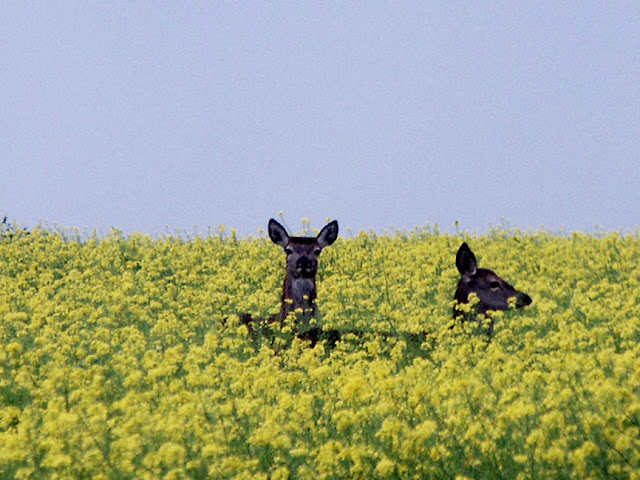
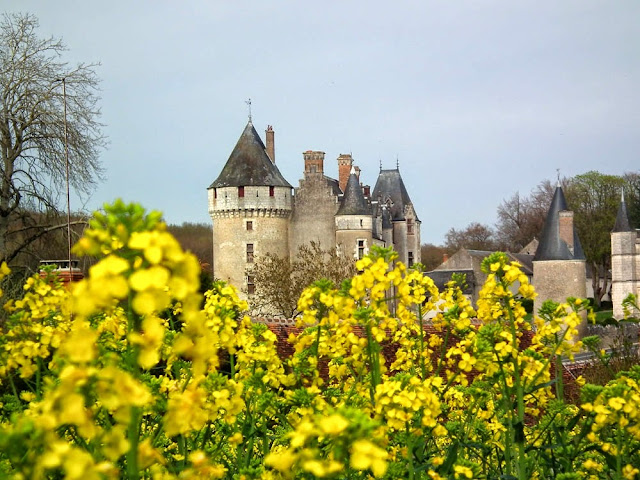
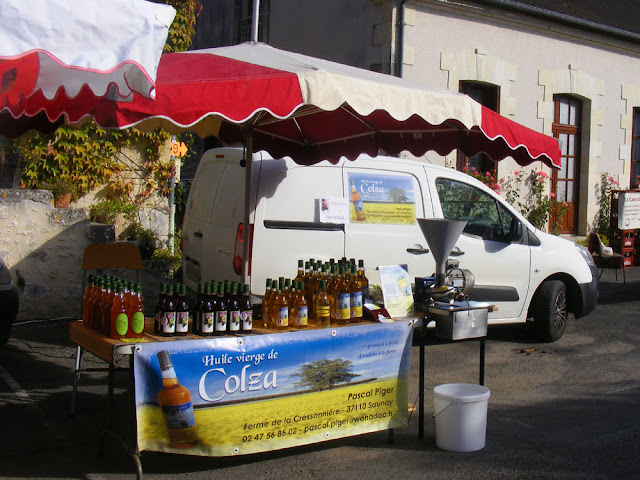

















.jpg)
.jpg)
.jpg)










